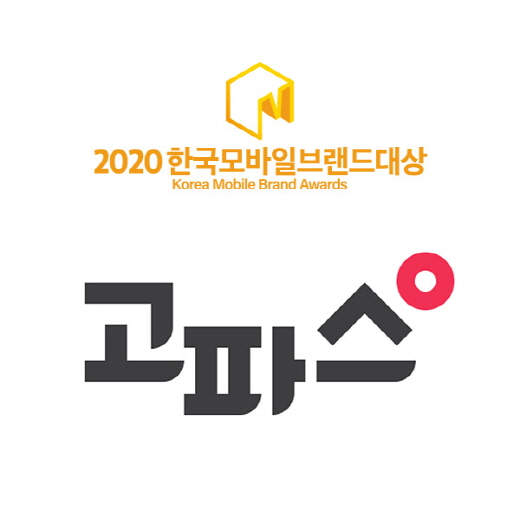A representation of how waste PET bottles turn into Porous carbon to capture CO2. Provided by Korea University.
By Kim Sur Hyun (surhyunk01@korea.ac.kr)
Professor Lee Ki-bong (Chemical and Biological Engineering)’s team, Lee Kong-kyu (Research Institute of Industrial Science and Technology), and Kwak Sang-kyu (Ulsan National Institute of Science and Technology) investigated and developed a new method to reduce plastic waste and carbon dioxide (CO2) gas emission in the environment.
The study was taken place with the support of the Ministry of Science and Information, Communication, and Technology (ICT), the Korea Research Foundation, and the C1 Gas Refining Project. The technology they developed primarily focuses on being able to use contaminated polyethylene terephthalate (PET) plastic bottles to create porous carbon, also known as activated carbon.
After various experiments, their research shows that the activated carbon produced by the plastic bottles has excellent results in capturing CO2 molecules, one of the biggest contributors to greenhouse gases and global warming. The research results are expected to not only solve global warming but also reduce plastic waste. The Korea University (KU) research team stated to continue research on creating highly valued activated carbon by utilizing other products such as waste plastic, coffee scraps, and petroleum cokes.
출처 : 고려대학교 고파스 2024-04-29 09:50:27:
import_export
|
고대뉴스 N 따끈따끈한 학내 소식을 전합니다. |
새로고침 | 로그인 |

|
익명 일반 | 등록일 : 2020-09-10 19:11:05 | 글번호 : 11167 | 0 1340명이 읽었어요 모바일화면 URL 복사 |
|
[NEWS] A New Way Developed to Reduce Carbon Dioxide Using Plastic Bottles
|
|
|
|
|
| 새로고침 | 목록보기 |





| 댓글을 작성하실 수 없습니다. (권한이 없는 회원레벨) |
| 목록보기 |
 |
캠퍼스프렌즈 | 대표 : 박종찬 서울 성북구 안암로83 5F 사업자 등록번호 : 391-01-00107 통신판매업신고 : 2019-서울성북-1598 |
02-925-1905 e-mail : kopapa@koreapas.com 고파스 소개 | 이용약관 | 개인정보취급방침 | 이용문의 | FAQ |




